Israel should reject any overtures from the Assad government, and help keep “maximum pressure” on the regime.
This paper briefly surveys the current situation in Syria (autumn 2020) and assesses the preferred situation for Israel regarding Syria over the next period.
Syria at the present time remains in a state of flux, but since March there has been little movement in the unresolved situation in the country. March witnessed the conclusion of the regime and Russian offensive against Turkish and allied Sunni Islamist forces in the north west of the country. The Syrian government side made gains, reaching the M4 highway between Aleppo and the coast. It did not, however, succeed in reconquering the entirety of southern Idleb Province. As a result, the rebel and Turkish enclave in the north west remains intact. There are rumors of an additional offensive in the offing by the regime with Russian support.
East of the Euphrates, similarly, despite the Turkish incursion in October-November 2019, and the establishment of a Turkish enclave between the towns of Ain Issa and Tal Tamr, and the subsequent entry of government forces east of the river, the Kurdish dominated autonomous authority which governs that area remains intact and in control.
The US has not withdrawn from this area, either, despite the announcement by President Trump in October 2018. The number of forces in the area have been reduced, and future arrangements remain deeply uncertain. But the presence remains, and indeed in mid-September the US deployed six additional six Bradley fighting vehicles to eastern Syria, to enable the 500 or so remaining US troops there to cope better with Russian attempts at harassment and intimidation of the force.
On the political level, the Syrian situation also remains at stalemate. The Constitutional Committee, established under the auspices of the United Nations, intended to draw up a new charter to pave the way for elections, remains on hold. There seems little likelihood of this process producing anything of value, particularly when the three-way de facto division of the country remains. Presidential elections are due to be held in summer, 2021. Similarly, in addition to the empty formality of ‘elections’ under a dictatorial system, it is difficult to see how even the semblance of a countrywide election could be held, given the absence of a single authority over the entire country.
The economic situation facing the country is dire. There are bread shortages and shortages of basic goods. There are wheat and fuel shortages. Long queues of poorer citizens lining up to receive subsidized basic foodstuffs have been a common early morning sight in Damascus for several years. The economic crisis in Lebanon is also affecting Syria. US sanctions are set to prevent any road to recovery, despite recent joint Syrian government and Russian declarations of a new strategy for reconstruction.
A Three-Way Division
The situation within both the Turkish controlled area and the SDF area east of the Euphrates remains deeply unstable. Around 12,000 Turkish troops are now deployed in this area, along with former rebels organized by Turkey under the banner of the ‘Syrian National Army’ (Jaish al-Watani) and Islamist militias, most powerful of which remains Hayat Tahrir al-Sham (HTS), the Syrian franchise of al-Qaeda.
In the summer of 2018, with the Assad regime’s rapid reconquest of the south west, an end to the civil war appeared imminent. Many analysts predicted the rapid reunification of the country under Assad’s rule. When President Trump announced US withdrawal of forces in December 2018, this scenario looked close to fulfilment. Nearly three years on, however, it has not yet been fulfilled.
Indeed, even in the 65% or so of Syrian territory in which the regime is nominally in control, the situation is nowhere near returning to the status quo ante bellum. Power in these areas is shared by the Assad regime itself, Russia, and Iran. The latter two countries were essential to Assad’s survival in the civil war. Each is promoting its own project within Syria. Neither of these projects is subject to the approval of the nominal Syrian president. In certain ways the area of the country reconquered by the regime in fact resembles the two areas remaining outside of its control, in the sense that each area has been thoroughly penetrated by an outside power or powers, and these powers are able to operate without seeking the consent of their formal Syrian ally.
Within the areas controlled by the regime, Iran appears to exercise exclusive control of the AlbuKamal/al-Qaim border crossing from Iraq, at the south eastern tip of Syria. The road to Mayadin, and several villages in this area are controlled exclusively by Iran and associated militia security arrangements. (That is, the government security forces do not enter them without permission from the Iran-led structure). Further west, in Deraa Province, a rivalry is being played out between Russian and Iranian associated forces. The Russian dominated 8th Brigade of the 5th Corps, consisting of former rebels under the command of Ahmed al-Awda is dominant in the eastern part of the province. The Iran-linked 4th Division, Air Force Intelligence and Lebanese Hizballah elements are prevalent in western Deraa up to the border with Israel.
US Policy
US policy in Syria, despite the erratic statements of President Trump regarding the presence in eastern Syria, is not without coherence. Its intention, via sanctions and pressure, is to keep the regime ‘boxed in,’ unable to reconstruct the country, unable to reconsolidate its rule. Through such means as the Caesar Syria Civilian Protection Act, the US is seeking to use its financial muscle to prevent the Assad regime from obtaining sufficient funds to begin to rebuild. In so doing, the US is acting against the Russian and Iranian projects to entrench and expand the regime’s control. The Act sanctions the Syrian government, including President Bashar Assad, for war crimes. US support for the SDF and tacit acquiescence to Turkish incursion in northern Syria round off this strategy of containment.
This US approach fits neatly into the broader regional strategy of ‘maximum pressure’ on Iran. At its root is the desire to avoid major commitments of US forces in the Middle East, while at the same time retaining the ability to set outcomes and contain enemies. It is not clear if this strategy will continue to be pursued after November, if the current Administration leaves office at this point. But until now, it has produced a situation in which the Assad regime, while surviving, remains weak, and far from in complete control of the entirety of Syria, or even of the areas in which it retains nominal control.
The Israeli Interest and Israeli Policy
Israel has supported the maximum pressure on Iran throughout. Teheran remains Israel’s main strategic adversary in the region, and Israel’s central goal with regard to Syria is the prevention of transfer of sophisticated weapons systems by Iran via Syria to Lebanese Hizballah, and the degradation and disruption of Iran’s own military infrastructure in Syria both in terms of equipment and in terms of personnel. This strategy is open ended. While Israel’s stated goal is the complete withdrawal of Iran from Syria, it is difficult to see how this would be achieved given the tools Israel is employing to advance it (intelligence gathering and use of air power). Through its ongoing efforts to degrade Iranian capabilities, however, Israel has certainly prevented Iranian consolidation and entrenchment on Syrian soil, and it seems set to continue this effort. Alongside the weakening of Iran, it is in Israel’s interest that Syria too remain isolated and weak, to enable this continued degradation of Iranian capabilities to continue. There is no reason to believe that a reconstituted and strengthened Assad regime would differ in its regional policy by even the slightest degree from the stance taken prior to March 2011 and the outbreak of the uprising. In the decade prior to the civil war, Bashar Assad pursued a policy of alliance with Iran and its ‘resistance axis’ and uncompromising support for Lebanese Hizballah.
Since there is no reason to seriously believe that he has deviated from this stance, and since the US policy of maximum pressure on Iran and its allies has served to severely weaken the Iran-led alliance through the application of financial pressure, diplomatic isolation, and targeted military strikes – it is a clear Israeli interest that this strategy should continue to be implemented, including in Syria. Maintenance of this strategy will leave sufficient space for Israel to continue to degrade and weaken Iranian capabilities in Syria, in harmony with and as an element of the broader US strategy.
The policy of pressure is causing distress in the Assad controlled parts of Syria. A report by well-informed Syrian born journalist Ibrahim Hamidi in the Saudi-owned Sharq al Awsat newspaper (September 26) suggested that Assad has expressed interest in renewing negotiations with Israel. The intention of such a declaration is without doubt to break the US-imposed strategy of isolation on the regime. It should go without saying that Assad cannot abandon his territorial demands re Israel – namely, achieving the return of the strategic Golan plateau to his control – and hence any negotiation would have zero chance of success. But the very opening of such talks would constitute an important advantage for Assad in breaking his isolation.
The fact that Assad may well be feeling the need to send up such trial balloons at the present time is an indication that the US strategy is working and is a reason to keep forging ahead in this direction. Assad would certainly gain from the renewal of negotiations with Israel, and the relegitimization of his government that this would imply. But a re-legitimated Assad, who nevertheless remained aligned with and beholden to the Iranians, would be a complicating factor for Israel in its desire to continue to prevent by force Iranian entrenchment in Syria. And as stated above, there is no evidence to suggest that Assad intends to give up this alliance. Indeed, from his point of view, he would be foolish to do so since Iran was a key factor in preventing his regime’s destruction. It also remains open to question if Assad would even be able to instruct the Iranians to quit Syria, or to break with them, given the extreme weakness of his armed forces, and the unavailability of substitutes other than the Iranians and their allies.
Both the United Arab Emirates and Egypt, meanwhile, are in favor of the rehabilitation of Assad, as part of a larger strategy of rebuilding the diplomatic center of the Arab world. This general project, which also includes efforts to strengthen Prime Minister Mustafa Kadhimi in Iraq, is one which is also good for Israel, since it is an effort to build an Arab alliance around a core of pro-western states with de facto or de jure normalized relations with Israel.
However, it is erroneous to believe that Assad’s Syria can be a member of such an alliance. His interests and preferences will keep him firmly in the pro-Iran bloc and in close alliance with Russia. He will be happy to take any advantages offered by Arab diplomacy while retaining this orientation. Israel will need to make this case to its Arab partners in the period ahead.
Given the clear usefulness of maintaining the isolation of Assad, and the synergy between Israel and the US Administration in this regard, it is important that Jerusalem make clear its commitment to the maintenance of the strategy of maximum pressure on Iran and the regional camp around it, including the Assad regime. Israel should reject any overtures from the regime. Such overtures reflect a discomfort and desperation on the part of the regime which it is in Israel’s interest to maintain.
JISS Policy Papers are published through the generosity of the Greg Rosshandler Family.
Photo: Beshr Abdulhadi

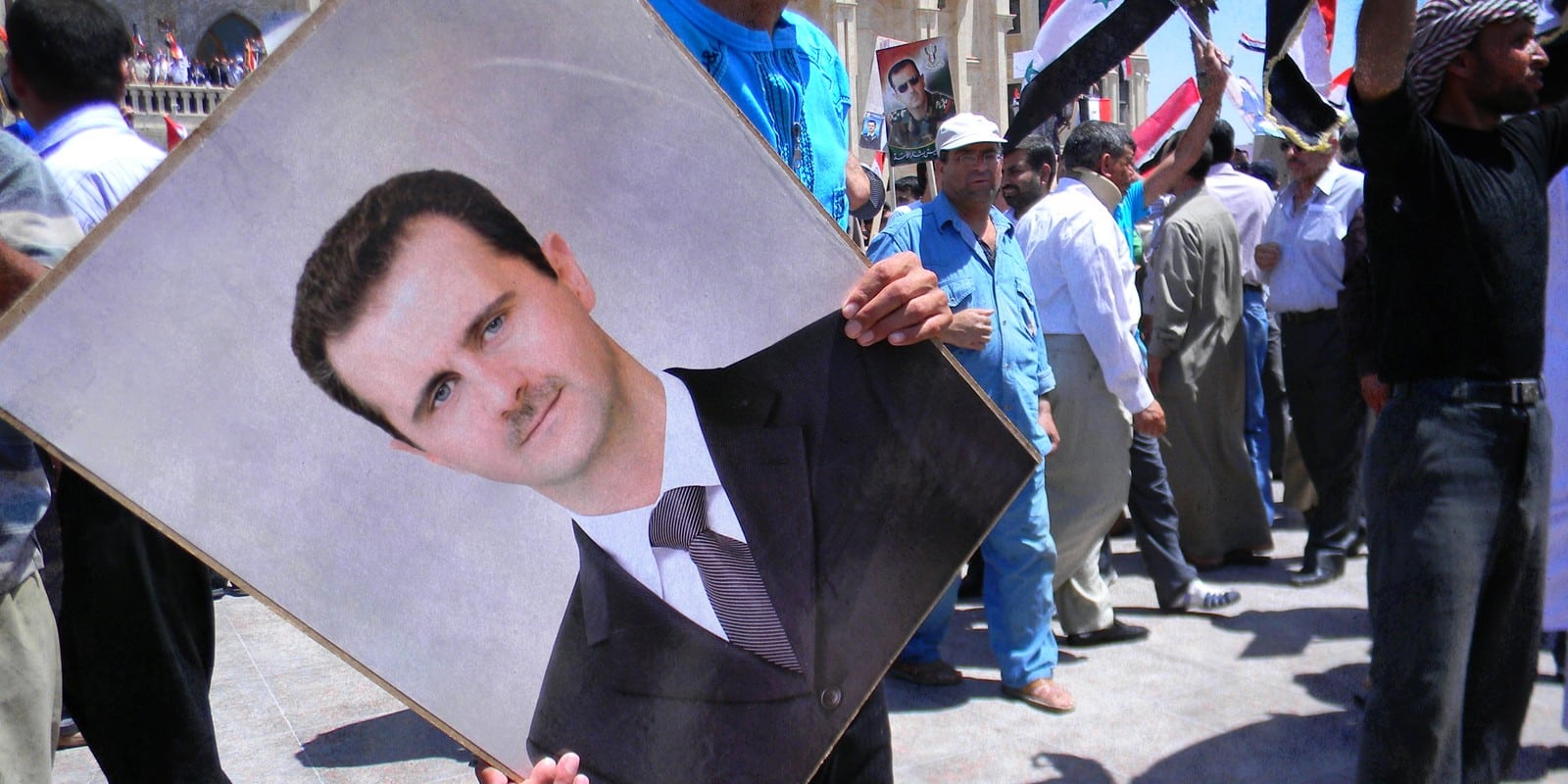

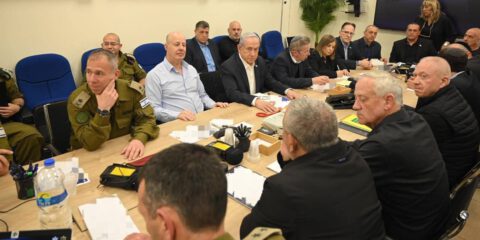

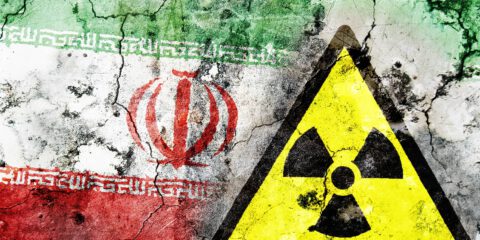
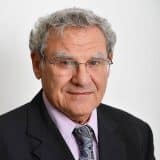
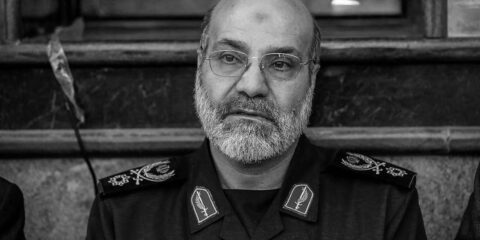
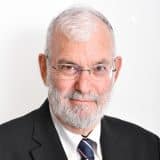
 - בניית אתרים
- בניית אתרים